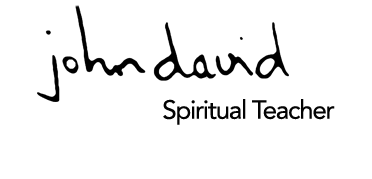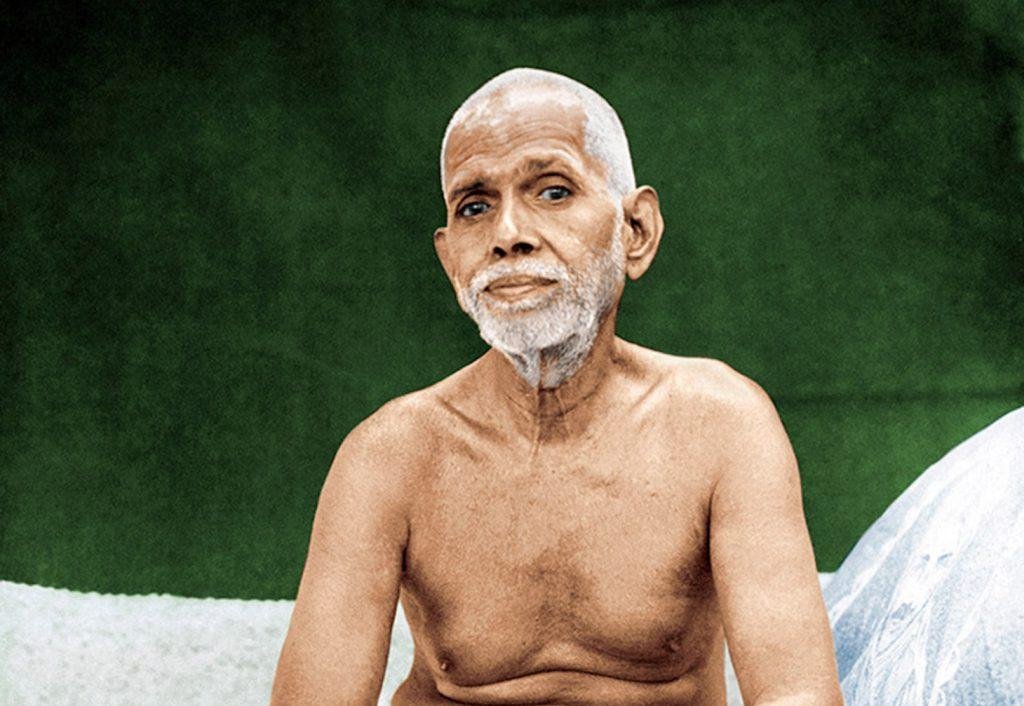
NEW BOOK: A Selection of Teachings
from the original unedited Aham Sphurana Manuscript
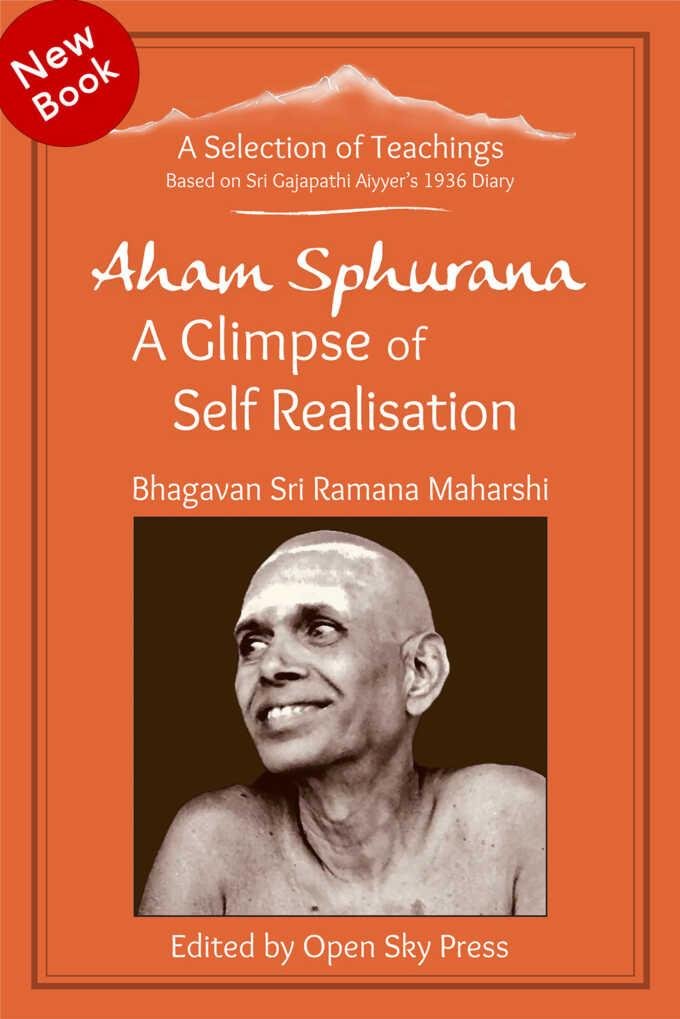
Aham Sphurana – A Glimpse of
Self Realisation
Fascinating dialogues and stories of Sri Ramana Maharshi recorded by Sri Gajapathi Aiyyer in the summer 1936, at Ramana Ashram.
This book contains a selection from the complete manuscript Aham Sphurana. This selection, a brilliant treasure, speaks for itself. Beside the detailed teachings on Self-Enquiry, Surrender and Jnana, it exposes a new glimpse of Bhagavan’s personal day-to-day life at fifty-six, in his middle age.
Sri Gajapathi Aiyyer, Author of Aham Sphurana
Sri Gajapathi Aiyyer was a distinguished lawyer and a devotee par excellence of theMaharshi. He came to Ramanasramam in the 1930s. He stayed for perhaps six months and kept meticulous diaries of the meetings in Bhagavan’s hall.
He is the author of the core of the manuscript known as Aham Sphurana. It seems in the 1950s his friend Swami Rajeshwarananda wanted to publish these notebooks. At that time the ashram didn’t have the necessary resources. Now some seventy years later a manuscript has appeared, Aham Sphurana, which appears to contain the material from Gajapathi Aiyyer’s Red Notebooks. It may well be other material has been added. It is a huge text of more than 2000 pages. The whole manuscript is available on Amazon as an ebook and a huge hardback book appearing like an ancient bible.
In December 1948 Sri Gajapathi Aiyyer and his friend Swami Rajeshwarananda took atrunk containing half a dozen notebooks to Ramanashram and it was unpacked in front of Bhagavan.
Gajapathi Aiyyer ran through the books patiently. They are hardbound notebooks, all of the same variety, done in beautiful red rexine. The pages are serially numbered from one to three hundred, in black ink; the pages opening on to the left-hand side have their number inscribed at the top left corner and those on the right-hand side at the top right corner. The pages are lined with bluish lines in narrow spacing, and filled with young Gajapathi’s meticulous note-making competencies, all written in pencil.
When he came to the record of his experiences at the Madurai Meenakshi Temple, “I was like that in Madurai, shedding tears of longing at the Meenakshi Temple, without having the slightest clue why…even the thought, ‘Why am I crying?’ did not occur.”
Bhagavan smiled and said, குழந்தை என்ன சமத்தாக எல்லாவற்றயும் எழுதிவைத்து கொண்டு இருக்கிறது பார்! (See, how nicely the child has written everything!)
Swami Rajeshwarananda remarked: Gajapathi feels that he has committed an offence by chronicling your words without having sought out your permission.
B.: பரவா இல்லை (Does not matter).
Gajapathi: I only wrote for my own recollection; if shown to others, will it not lead toconfusion? Bhagavan gives specific advice to individual persons on spiritual matters; ifshown to an unrelated person will that person not erronously think that the advice isapplicable to his own case also, and thus mislead himself, with unwarrantedconsequences? Yet Swami Rajeshwarananda wants to make it available for all in the Ashram to inspect.
Swami Rajeshwarananda: Bhagavan’s words are more solemn and sacred than the Upanishads even. Why opine they could mislead anyone?
B.: இந்த புத்தகங்களில் பதிவாகியிருக்கும் அதே சந்தேகங்கள் யாருக்குஆவது வரலாம்.(Somebody may have the same doubts as that of the entries in these book)
Gajapathi: But Bhagavan gives different responses to the same question to different persons, depending upon individual temprament!
B.: If the reply found is not satisfactory, the search continues! The earnest Sadhaka does not make himself content with the receipt of a response felt by him to be unsuitable, or only partially satisfactory. An intellect made subtler and subtler by repeated and prolonged submergence in Being, will automatically reject advice that directs it away from the Heart. Practising firm Inherence in the Heart strenghens the faculty of intuition to the extent that it seeks out, time and again, only those words that redirect its course toward the self-resplendant Heart; such discrimination is not a function of the fictitious sense of individual free will; rather, it is automatic and comes by God’s Grace to the sincere seeker.
Gajapathi was about to say something, but it was time for the veda parayanam to begin.
Bhagavan, reaching for his stick, remarked before leaving:-
“There is a destiny guiding the course of events. One need not fret about anything, imagining oneself to be personally responsible for it.”
Now the master is in the body no more, but Swami Rajeshwarananda and myself wish to make the contents of these notebooks available to a wider audience. Swami Rajeshwarananda has discussed the idea with Gajapathi and he agreed to make a combined synopsis out of the notebooks, so that the Master’s teachings shining in them may be published as a convenient teaching reference.
Ramana Maharshi
Aham Sphurana
A Glimpse of Self Realisation
New Book about Sri Ramana Maharshi
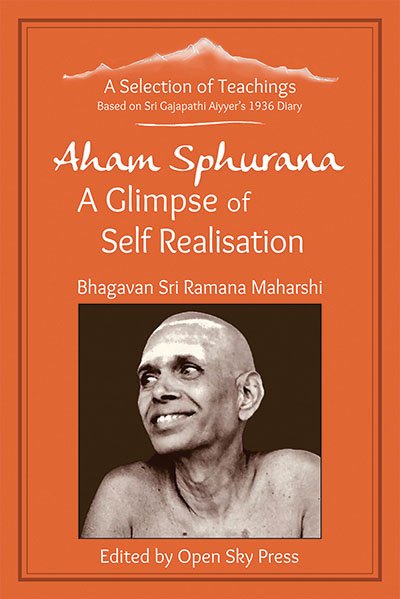
Available Worldwide
On www.openskypress.com and Amazon:

“In my opinion, Aham Sphurana, a Glimpse of Self Realisation, will become a Treasure Trove of Wisdom to the Seekers of Truth in general, and particularly to the devotees of Bhagavan.”
Swami Hamsananda – Athithi Ashram, Tiruvannamalai
“Early on October 1st 2021 waking up in a lakeside cottage at our Retreat Center in Ukraine I received an email information. On Amazon I could download an unknown manuscript of Bhagavan’s dialogues from 1936.
The excitement was penetrating deep inside as I struggled with Amazon and my credit card. The manuscript was some 1500 pages and with no formatting, extremely hard to read.
First lots strange drama but going into the middle there were wonderful dialogues between Bhagavan and his visitors. A selection was made, highlighted and put into editing software.”
John David
Now two months later there are forty-eight edited texts of which half are teaching dialogues and the other half give glimpses into his daily life, mostly taken from dialogues made in the hall where Bhagavan would meet visitors to the Ashram. Several more Blogs will be posted. Paul Brunton’s book, ’In Search of Secret India,’ had recently been published attracting western visitors.
Recently our Open Sky Press team has taken over. They have produced the fine Quotation Slideshow and have started work on producing a small book, to give those Bhagavan lovers a taste of the quality of the dialogues in Aham Sphurana, meaning Self Realisation.
Open Sky Press is open to publish the valuable and authentic parts of the manuscript. It would be a huge undertaking and so we are inviting those Ramana lovers who see the value in all the authentic parts being published to get in touch.
If the Ramanashram decide to publish we are ready to contribute and to introduce all who have offered to support us.
office@openskypress.com – www.openskypress.com
Read Passages of the Manuscript, selected and edited by Open Sky Press:
Bhagavan's Teachings
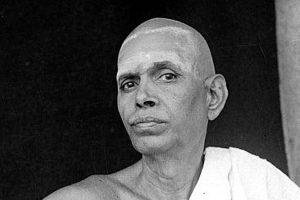
Essential Extracts from the Manuscript
Aham Sphurana is a beacon leading to Sahaja, but only when left undisturbed and ego-free, allowing spontaneous abidance.
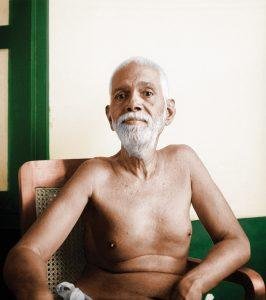
A Dialogue with a Mature Visiter
Bhagavan guides a seeker beyond concepts, showing that diligent Self-inquiry removes doubt and ignorance, revealing the timeless Self.

Schopenhauer and Renunciation
Schopenhauer exposes life’s futility, but true renunciation and surrender arise from Grace, dissolving ego and revealing the Self.

How shall we kill the mind?
The mind cannot kill itself. Seeking its source and ignoring objects dissolve it, revealing the Heart as stillness.

Obstacles which Hinder Realisation of the Self.
Realisation is hindered by habits of thought; overcome by tracing thoughts to their source and resting in pure, timeless Being.

A Typical Western Visitor’s In-Depth Dialogue with Bhagavan
Through patient dialogue, Sri Ramana guides a seeker towards Self‑Realization, emphasizing grace, inquiry, inner silence, and simple vegetarianism.

The Heart
The spiritual heart shines forth when effort and doing subside, thoughts dissolve, and natural stillness becomes the only state.
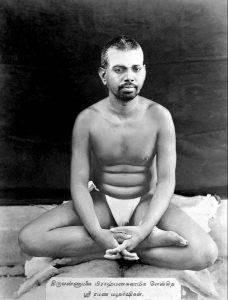
Non-Doing
Self‑Realisation is not achieved by doing, effort, or thought, but by naturally subsiding into stillness beyond all mental activity.

Ramana Maharshi on Jesus Teachings
Bhagavan explains Jesus’ words as Advaitic teaching, guiding the seeker towards Self-Realization, surrender, and a still, inward-turned mind.

Surrender
Ramana Maharshi explains that unconditional surrender means total letting go, making Self-Realization inevitable, beyond thoughts, conditions, or expectations.
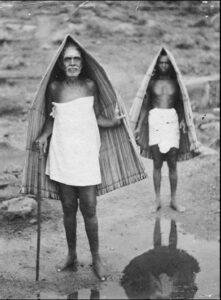
Renunciation
Ramana Maharshi explains that renunciation burns tendencies, leading to effortless stillness and ultimate merging of the mind into the Heart.

Only the Self, No God
Ramana Maharshi explains that God is real only while ego exists; the Jnani rests as the Self, acting spontaneously, free.
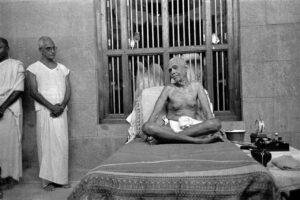
Illusion and the Body
Ramana Maharshi explains that you are pure awareness, not the body. The world is a mental projection of the Self.

The Count
Ramana Maharshi guides a seeker troubled by sex, guilt, and sin to overcome ego through the ‘Who am I?’ inquiry.

Unrealise the not-Self
Recognise that all ideas of ego and identity are unreal, and by seeing this clearly, only the true Self remains.

Jaws of the Tiger
The ego is like a goat caught in the tiger’s jaws of Grace, and no matter how long it struggles, its end — total annihilation — is certain.

Samadhi
Samadhi is the natural state where ego, thoughts, and effort dissolve, leaving only pure Being — the Self — revealed.
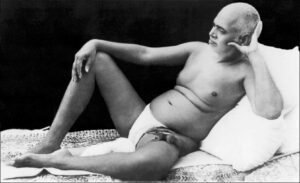
Realise the Self
Realisation occurs when one surrenders completely, lets go of ego, embraces silence, and abides as the timeless, changeless Self.
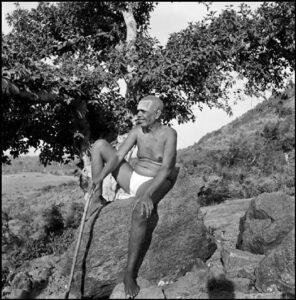
Destiny
Ramana Maharshi teaches that regardless of destiny, ego’s illusions must be dissolved inwardly for true Self-Realization and freedom.
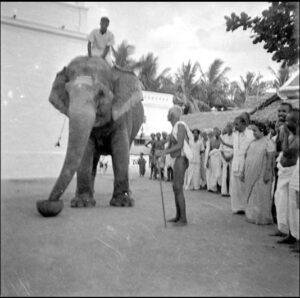
I have a body
Ramana Maharshi explains that regardless of thoughts about the body, one must abide as the Self, allowing life to flow spontaneously.
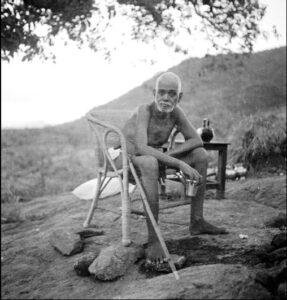
Consciousness
The “I”-sense is not even remotely connected to anything physical. Being of the nature of consciousness, it emanates from the Self only.

What is the Purpose of Life?
Life does not question its own purpose. It has no questions to ask. It has no complaint to raise. It has no grudge to bear.
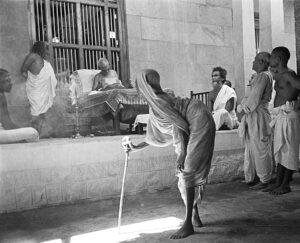
Guru’s Grace
Ramana Maharshi explains that Guru’s Grace burns ego and mental habits, allowing total surrender and spontaneous Self-Realization to arise.
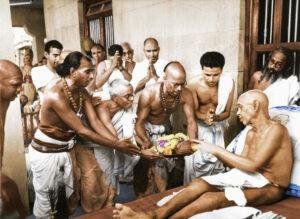
The Answer is to Enquire,”Who Am I”
Through playful enquiry and timeless teaching, Ramana Maharshi guides a seeker from ego and fear to the Self’s silence.
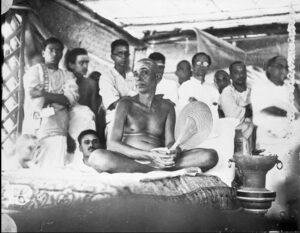
Vichara, Self Enquiry
Ramana Maharshi guides Chadwick and seekers to practice vichara, deep self-enquiry, until ego dissolves and the Self shines forth.
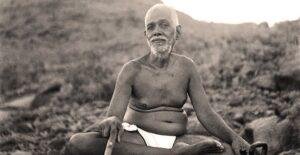
Meditation
Meditation means sticking to one thought to the exclusion of every other. One particular thought keeps away all others.
Glimpses of Bhagavan's Life
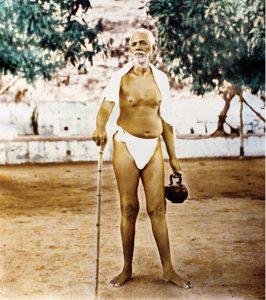
A Former Classmate Visiting Bhagavan
A touching reunion of childhood friends highlights Bhagavan’s humility, refusal of special gifts, and unconditional compassion for all.
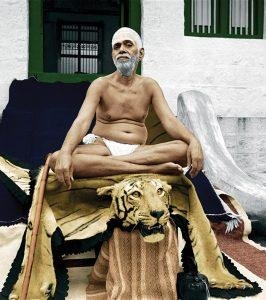
Mrs Piggot’s Diary
Mrs. Piggot recounts her farewell to Bhagavan, highlighting his quiet knowing, grace, and teaching to live as the Self.

A Small Wise Boy
Through a boy’s spinning top, Bhagavan reveals that prarabdha spins itself out naturally, beyond the Jnani’s identification.
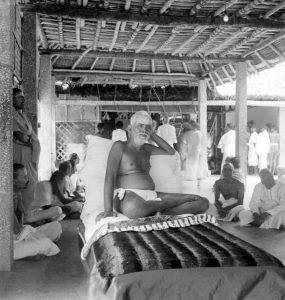
The Juggler
Through a juggler’s display, Bhagavan emphasizes focusing inward, relinquishing belief and ego, to realize the Self beyond all spectacle.
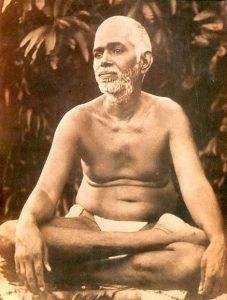
Sri Gajapathi Aiyyer Ashram Report
A vivid Ashram diary recounting the devoted, diverse lives of seekers, Bhagavan’s humour, Grace, and timeless wisdom in action.
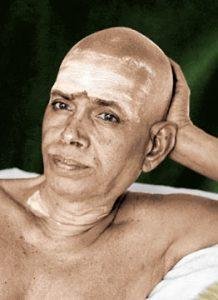
Trust in God
Bhagavan reminds people to trust in God for its needs, resolving a misunderstanding with compassion and integrity.
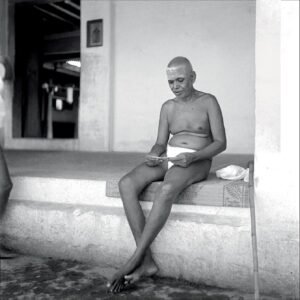
Reference Books and Translation
Bhagavan spoke many languages, quoted texts with precision, and used interpreters as needed, making profound teaching universally accessible.
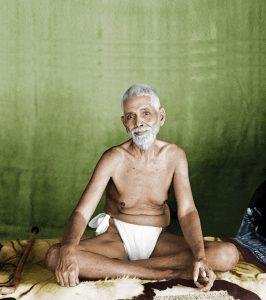
Love Is
Bhagavan teaches that unselfish, motiveless Love is the essence of Jnana, with vichara being a path to reveal it.
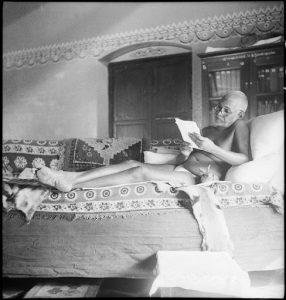
Letters to Bhagavan
Letters to Bhagavan, answered by a Brahmin scribe, carried the Master’s imprimatur, preserving his teaching and direct spiritual essence.

40th Anniversary Event
The 40th anniversary of Bhagavan’s union with Arunachala was celebrated with reverence, and grace, with him attending to every detail.
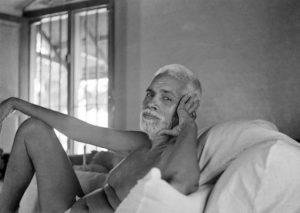
Vishwanatha Aiyyer and the Monkey
Bhagavan recounts how the monkey Shabarigirisan miraculously inspired a boy to return home, illustrating the mysterious grace of Arunachala.
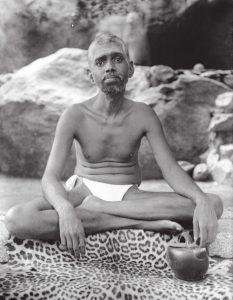
Sri Gajapathi Healed and Attacked
Through Grace, Love, and remembrance, illness was healed, fear dissolved, and an enduring devotion to Bhagavan and Hanuman remained.
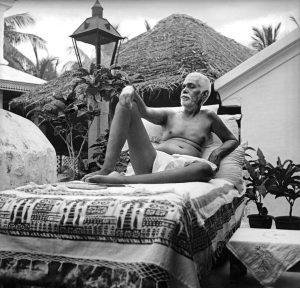
A Dog and A Monkey
Through Grace and surrender, one is lifted beyond samsara, like the monkey safe from the barking dog, untouched.
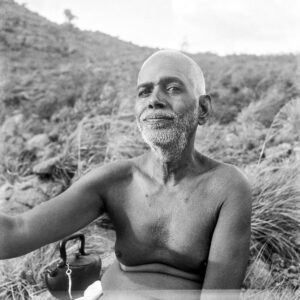
Mrs. Piggot Introduces the Ashram And Bhagavan’s Meetings in 1934
Mrs. Piggot recounts her serene visit with Sri Ramana Maharshi, describing the Sage’s profound silence, grace, and life-changing presence.
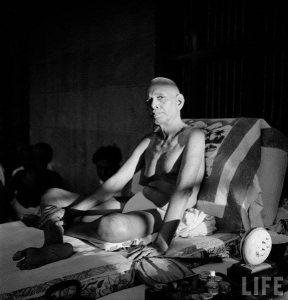
The Aghori Sadhu Life Story
Through a lifetime of hardships, rituals, and encounters with saints, the Aghori finds the grace of Ramana Maharshi, surrendering ego and discovering the peace of the Self.
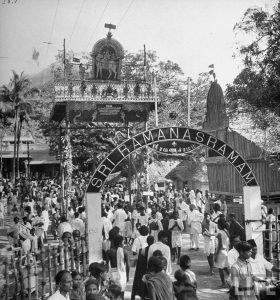
Mr. Evans-Wentz’s Visit
A visitor finds peace and wisdom with Ramana Maharshi, experiences deep spiritual moments, and departs with profound gratitude and joy.

The Play Around Bhagavan
A devotee recounts a miraculous night with Ramana Maharshi and an Aghori, highlighting surrender, grace, and the path to Self-realisation.
Libelling Bhagavan
A manager reports a slanderer’s misdeeds, but Bhagavan, serene and detached, laughs, accepting all as part of divine play.
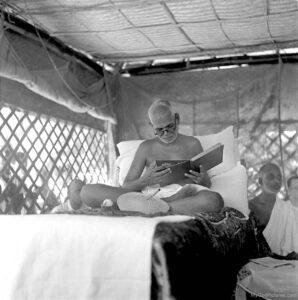
Sri Gajapathi Aiyyer, Author of Aham Spraruna
Gajapathi Aiyyer’s Red Notebooks preserve Bhagavan’s profound teachings, offering timeless guidance for seekers, now published and accessible to all.
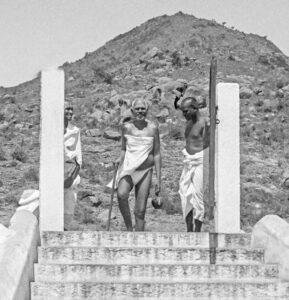
The Aghori’s Death and Liberation
Bhagavan guides the Aghori’s death with serene grace, ensuring sacred release and merging the sadhu’s being with the Absolute.
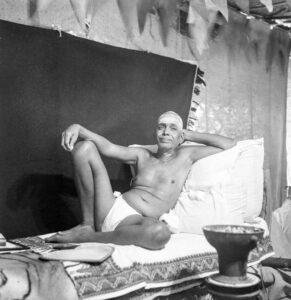
Kaushika
Kaushika’s pride is humbled by a housewife and butcher, teaching that surrender and dutiful living lead to true realization.
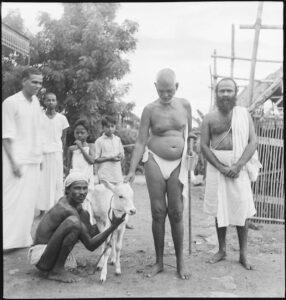
An Incident between Bhagavan and the Ashram Manager
Bhagavan compassionately scolds the manager for cruelty towards rats, teaching mercy and the value of every life, inspiring humility.
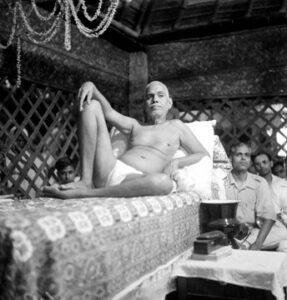
Gossip
Chadwick recounts a miracle New York visit, illustrating Grace beyond space, attachment, and the inward path to formlessness.
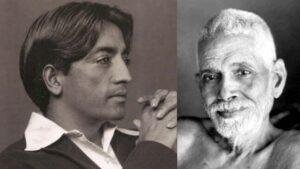
J.Krishnamurti’s, Dissolution of the Order of the Star
Krishnamurti dissolves the Order of the Star, affirming truth is pathless and self‑discovered, beyond organizations, leaders, or authority.
Manuscript Background
Recently a previously unpublished manuscript about the life and teachings of the Indian spiritual master Sri Bhagavan Ramana Maharshi (1879-1950) has been made public. The manuscript called Aham Sphurana is based on the handwritten notes of a devotee who stayed with the master in Ramanashram in 1936.
This is groundbreaking news as a fresh firsthand account of the life of Ramana Maharshi has not been published for many years. However, the manuscript is unedited, unformatted and 1200 pages long. Additionally, certain fabrications from the original author makes it difficult to distinguish between what is a true account of what actually happened in the ashram and what is simply creative story-telling.
This creates a daunting challenge for any reader who is not intimately familiar with the life and teachings of Ramana Maharshi. Naturally, Open Sky Press which has previously published two books about this spiritual master, Nan Yar and Arunachala Shiva, is interested in making the new manuscript accessible to a wider audience.
Together with several Ramana Maharshi experts Open Sky Press is now in the process of authenticating the contents of the manuscript. Based on this process we are already pretty certain that parts of the text indeed are genuine first hand accounts of the day to day life in Ramanashram in 1936. In particular it records the dialogues Ramana Maharshi had with his visitors. Thus, we are now starting a careful selection and editing of what we consider the spiritual gems of the manuscript. Some first selections, formatting and edits are available here: https://johndavidsatsang.international/blog.
Open Sky Press realises that this will be a time-consuming project and potentially a great source for shedding light on the life and teachings of Ramana Maharshi. If you are familiar with Ramana Maharshi and his teachings and have basic editing skills, we would like to invite you to be part of the team we are gathering to develop a project to publish a selection of these dialogues. Contact Rajen at office@openskypress.com.
